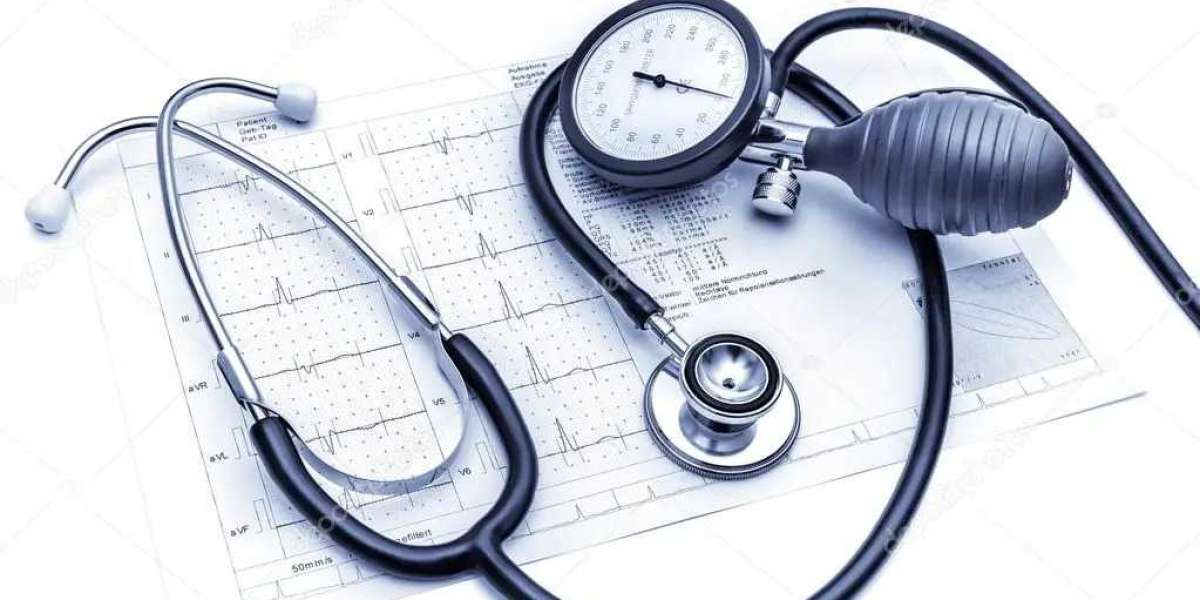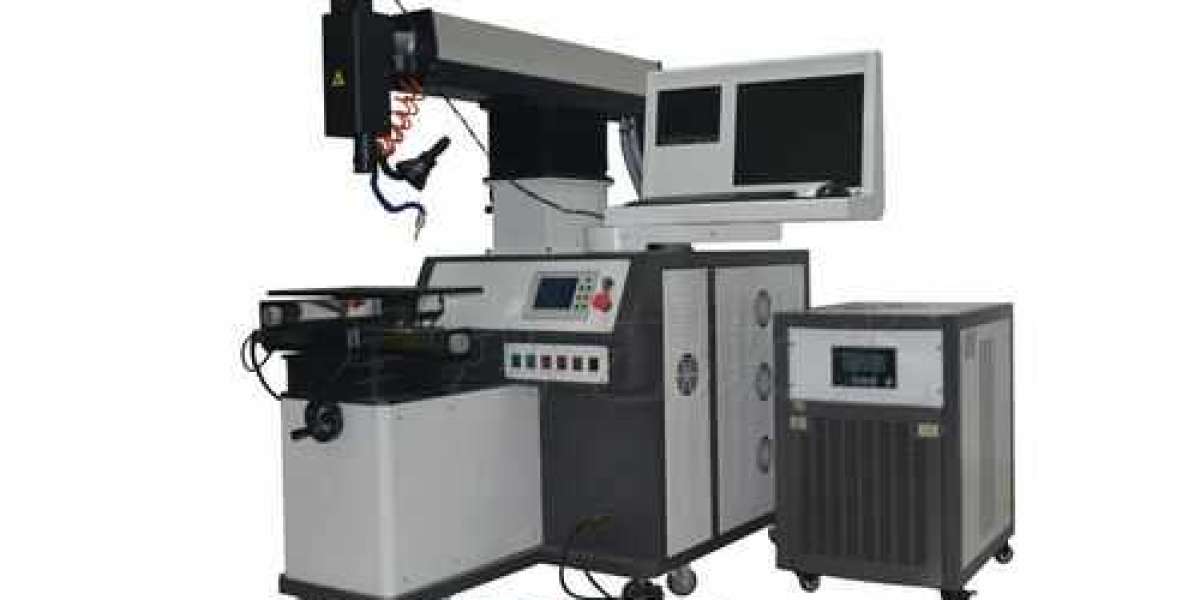A well-equipped hospital is fundamental to delivering high-quality patient care, whether it’s a small clinic, a specialized healthcare facility, or a large general hospital. The success of any medical institution relies not just on the expertise of its healthcare professionals but also on the equipment available. Hospital equipment is integral to diagnosing conditions, treating patients, and providing ongoing care. From basic devices used in everyday operations to advanced machinery required for complex treatments, having the right tools is essential.
In this article, we’ll explore the top 10 essential Hospital Equipment that every medical facility should have to ensure efficient and effective patient care.
1. Patient Monitors
Patient monitors are among the most essential pieces of hospital equipment. These devices continuously track a patient’s vital signs, such as heart rate, blood pressure, oxygen levels, and respiratory rate. Monitoring patients in real time allows healthcare providers to respond quickly to any changes in their condition.
- Use: Widely used in emergency rooms, intensive care units (ICUs), and during surgeries.
- Benefits: Helps in early detection of critical health issues and enables quick intervention to prevent complications.
Advanced monitors can be integrated into hospital information systems, making it easier for doctors and nurses to manage large volumes of patient data and ensure consistent monitoring.
2. Defibrillators
Defibrillators are life-saving devices that deliver a controlled electric shock to the heart during cases of cardiac arrest. The shock restores a normal heart rhythm in patients experiencing life-threatening arrhythmias or sudden cardiac arrest.
- Use: Critical in emergency rooms, ambulances, and cardiac care units.
- Benefits: Increases the chances of survival by restoring the heart's normal rhythm.
Automated external defibrillators (AEDs), which are portable versions, are essential for emergency response in both hospital and public settings.
3. Ventilators
A ventilator is a machine that helps patients breathe when they cannot do so on their own. Ventilators are vital for patients suffering from severe respiratory conditions, including pneumonia, chronic obstructive pulmonary disease (COPD), and during surgeries requiring anesthesia.
- Use: Common in ICUs, operating rooms, and for patients with severe respiratory infections, such as COVID-19.
- Benefits: Provides mechanical breathing support to patients who are unable to breathe independently.
Ventilators have been crucial during the COVID-19 pandemic, saving countless lives by providing the necessary respiratory support for critically ill patients.
4. Surgical Lights
Proper lighting is critical during surgeries, enabling surgeons to see tissues and organs clearly. Surgical lights provide intense, focused illumination of the surgical field to ensure precision during procedures.
- Use: Required in operating rooms and emergency surgery centers.
- Benefits: Reduces the risk of errors by improving visibility during surgical procedures.
Modern surgical lights often feature LED technology, which provides bright, energy-efficient lighting that reduces heat generation and ensures a comfortable operating environment.
5. Ultrasound Machines
Ultrasound machines use high-frequency sound waves to create images of the body’s internal organs, tissues, and blood flow. These images help doctors diagnose conditions, guide medical procedures, and monitor pregnancies.
- Use: Widely used in maternity wards, diagnostic centers, and emergency departments.
- Benefits: Non-invasive and safe imaging technique for visualizing soft tissues, organs, and blood flow.
Portable ultrasound machines are becoming increasingly common, offering flexibility in providing diagnostic services in emergency or rural settings.
6. Surgical Tables
A surgical table is the platform on which a patient is positioned during surgery. These tables are adjustable, enabling the medical team to reposition the patient for better access to the surgical site.
- Use: Required in all operating rooms for surgeries and procedures.
- Benefits: Enhances patient comfort and allows precise positioning during surgery, ensuring successful outcomes.
Modern surgical tables offer features like hydraulic or electric height adjustments and multi-directional tilting to improve the surgical team's ergonomics and efficiency.
7. Infusion Pumps
Infusion pumps are medical devices used to deliver fluids, such as nutrients, medications, or blood, into a patient’s body in controlled amounts. These pumps can be programmed to deliver fluids at a specific rate, ensuring accuracy in treatments.
- Use: Common in ICUs, emergency rooms, and wards where patients require intravenous (IV) medications.
- Benefits: Allows precise control over the amount and timing of medication delivery, reducing the risk of dosing errors.
Infusion pumps are critical in treating patients in critical care, surgery recovery, and patients undergoing long-term treatments such as chemotherapy.
8. Diagnostic Imaging Systems (X-ray, CT, MRI)
Diagnostic imaging systems—including X-ray, computed tomography (CT), and magnetic resonance imaging (MRI)—are essential tools for diagnosing a wide range of conditions, from broken bones to internal bleeding and tumors.
- Use: Used in radiology departments, emergency rooms, and specialized diagnostic centers.
- Benefits: Provides detailed images of internal structures, helping in accurate diagnosis and treatment planning.
Advanced diagnostic imaging systems are essential for guiding surgeries, detecting diseases early, and monitoring the progression of conditions like cancer.
9. Autoclaves
An autoclave is a device used to sterilize surgical instruments, medical tools, and equipment by subjecting them to high-pressure steam. Sterilization is critical in preventing infections and ensuring a safe environment for both patients and medical personnel.
- Use: Found in operating rooms, laboratories, and any area requiring sterile instruments.
- Benefits: Ensures that all surgical instruments are free from bacteria, viruses, and other pathogens.
Autoclaves are a vital component in maintaining hygiene and infection control protocols within healthcare settings.
10. Hospital Beds
Hospital beds are specialized beds designed to provide comfort and support for patients during their stay in a medical facility. These beds are adjustable, allowing for changes in position to accommodate different treatments, enhance patient comfort, and prevent pressure ulcers.
- Use: Essential in all hospital wards, ICUs, and emergency rooms.
- Benefits: Adjustable beds offer better care and positioning for patients, improving recovery times and reducing the risk of bedsores.
Modern hospital beds are equipped with features like electronic height adjustments, side rails, and wheels for easy mobility, making patient care more efficient and comfortable.
Conclusion
The right equipment is essential for every medical facility, as it forms the foundation for high-quality patient care. Patient monitors, ventilators, defibrillators, and other critical devices are essential tools that enable healthcare professionals to diagnose conditions, perform life-saving surgeries, and provide ongoing treatment and care. Hospitals must also prioritize sterilization with autoclaves, imaging with ultrasound machines and diagnostic imaging systems, and patient comfort with hospital beds and infusion pumps.
Investing in the right equipment ensures that healthcare facilities can operate smoothly, respond to emergencies, and maintain high standards of care. As medical technology continues to advance, hospitals must regularly update their equipment to offer the best possible care to their patients. By having these top 10 essential hospital equipment in place, medical facilities can improve patient outcomes, optimize operations, and meet the demands of a modern healthcare environment.







